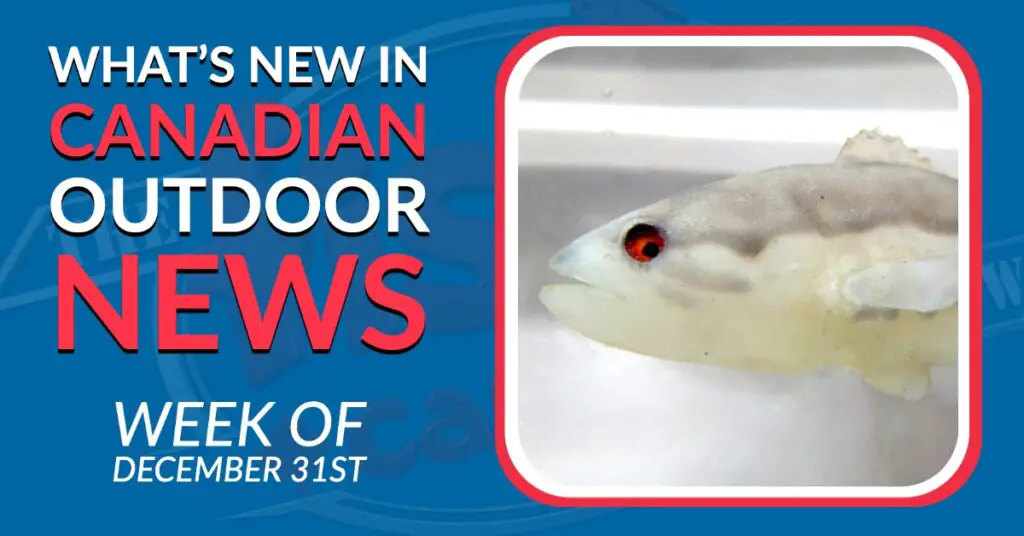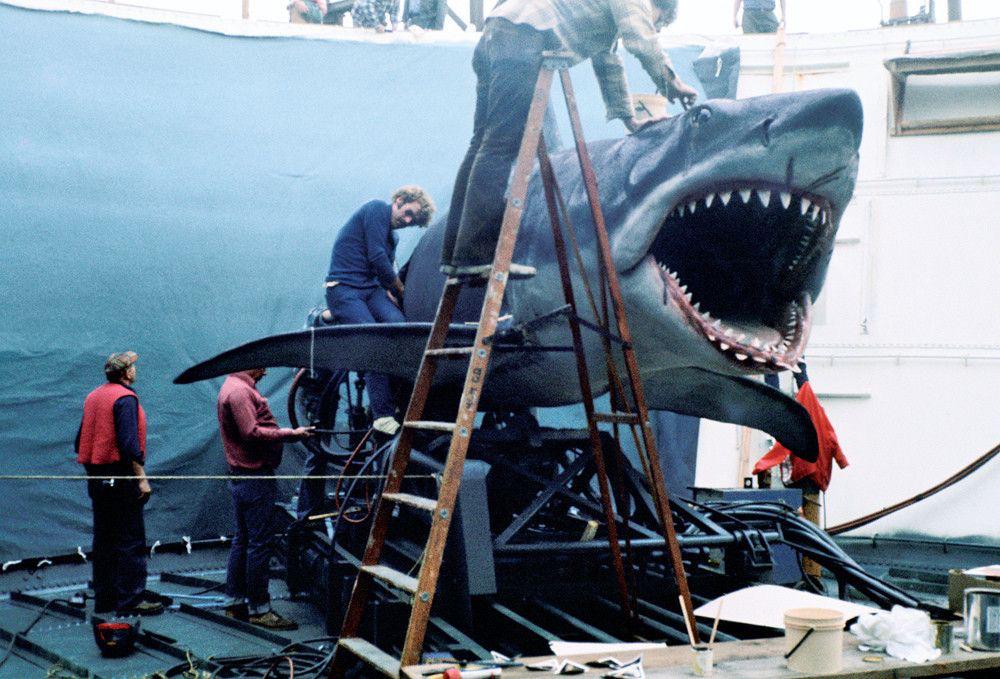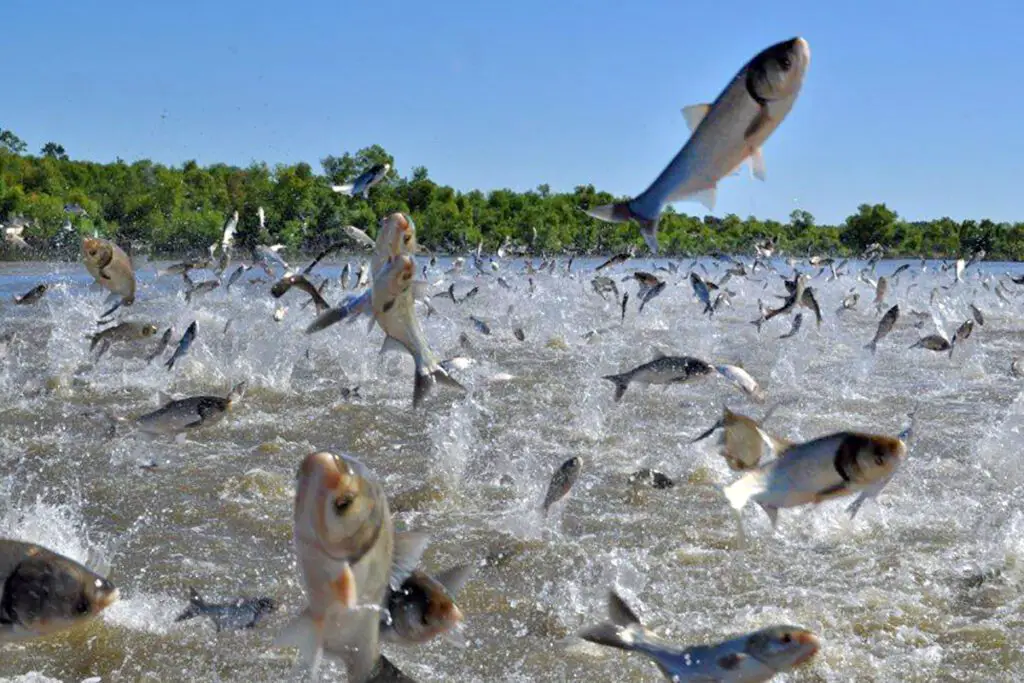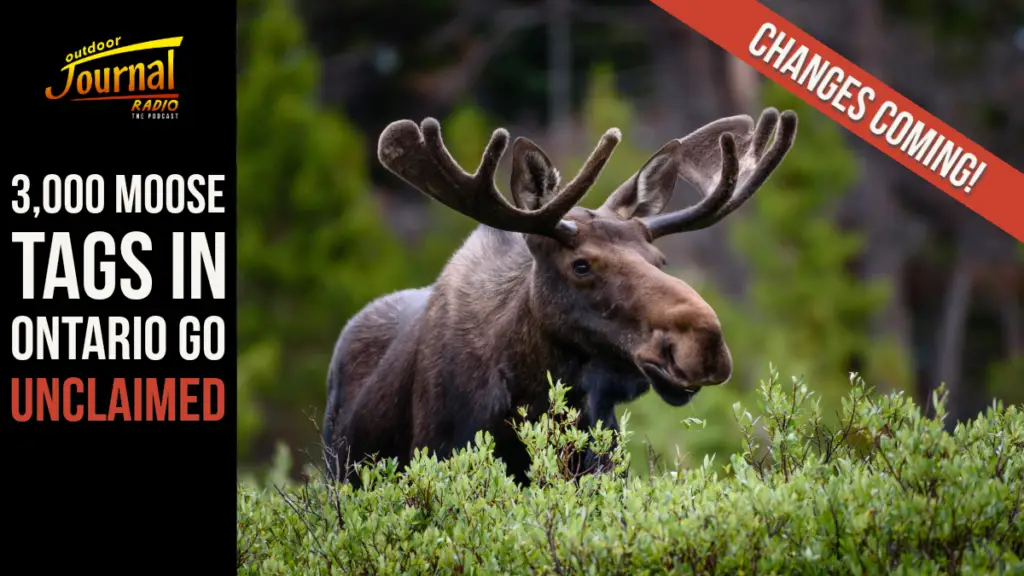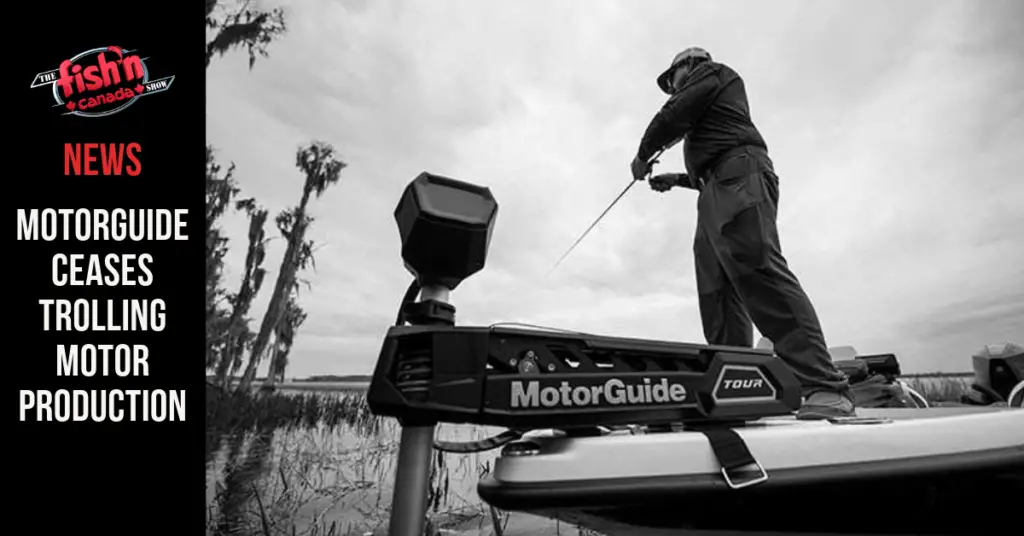The Stories that Matter and the Fuel to your Bar Banter – Canadian Fishing and Hunting News from the Week of December 31st, 2021
Although news has never been so abundant, finding relevant and reliable stories has never been more difficult. Thankfully, Fish’n Canada has you covered. From robot fish to Great Lakes grants, here are all the stories from this week that matter to the Canadian outdoorsman!
1. Robot Bass could be used in battle with invasive baitfish
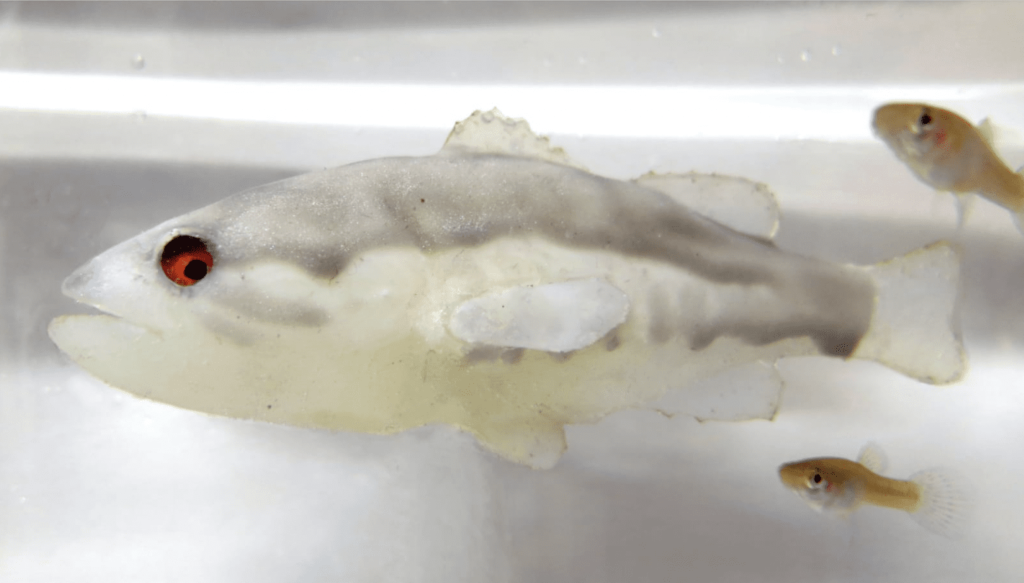
According to a study published last week in IScience, the fight against invasive species may now have a new player – robotic Largemouth Bass.
The study arose in response to the continued spread of an invasive species known as the Eastern Mosquitofish. These small baitfish, native to the eastern and southern United States, have been introduced all over the world in an effort to control mosquitos and have now spread throughout much of the United States, from New Jersey to New Mexico, and even threaten waters as north as Canada.
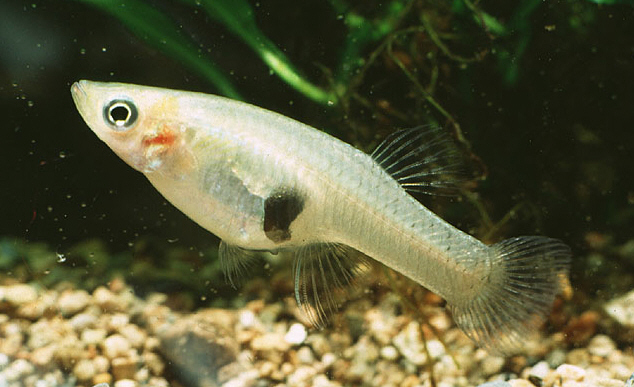
Earning their name from their appetite for mosquito larvae, these small, yet hungry, fish also consume mass amounts of zooplankton, aquatic larvae, and, most importantly, tadpoles.
As has been highlighted since the late 90s, mosquitofish consume tadpoles at alarming rates, with the amphibians now making up the majority of their diets in some lakes. This has perhaps been most notable in Australia where Australian frog numbers have plummeted and, ironically, mosquito numbers are now on the rise due to their absence.
While many invasive species mitigation strategies employ nets, poisons, and traps – this new project is attempting to use fear as a weapon.
Using a life-like robotic Largemouth Bass that was specially designed to spot Mosquitofish and scare them away from tadpoles, the goal of the study was to prove that heightening fear in the invasive species would prevent them from consuming prey at such a high rate.
In the experiment, conducted in a controlled setting, the Robot Bass did exactly this and was successful in luring Mosquitofish away from the pods of tadpoles. In addition to luring them away, the Mosquitofish also became much less successful in catching their prey over the duration of the five-week study, allegedly due to the heightened anxiety caused by the Robotic Bass.
Although the study is still in its initial phases and is far from ready to be used in the wild, these new methods do provide some hope that this particular invasive species problem could come to an end in the near future.
And, who knows… if successful, maybe Bruce from Jaws can be resurrected and provide some relief to the Great Lakes.
2 – BC restaurant removes wild salmon from the menu in response to population declines
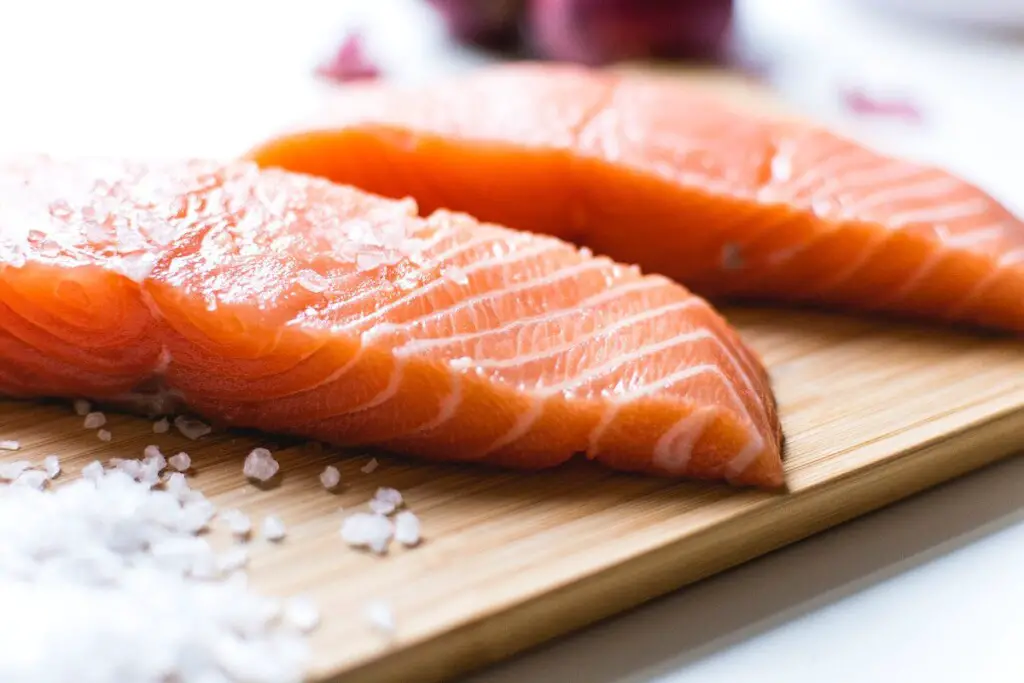
The salmon shortage in BC is no longer just affecting anglers – restaurants are beginning to feel the effects as well.
As we have reported extensively here at FishnCanada.com, BC’s salmon populations have experienced significant declines in recent years, with 2021 seeing some of the worst returns in recent memory. In response to these low numbers, BC has closed multiple salmon and steelhead fisheries. In fact, the Canadian government has determined that BC and the Yukon have closed 79 of their fisheries for the season – 60% of the all commercial salmon harvest in the two regions.
Furthermore, the Ministry of Fisheries and Oceans now states that “50 salmon populations are currently under consideration for potential listing under the Species at Risk Act or pending assessment by the Committee on the Status of Endangered Wildlife in Canada.”
In addition to the forced closure of these fisheries and increased funding, action is also being taken at the local level, with some BC restaurant owners, such as Chef Ned Bell of the Naramata Inn in the Okanagan, removing wild salmon dishes from their menus to avoid contributing to the decline.
Although the sentiment of the restaurants is sincere, some anglers are pushing back as they feel that commercial harvest and consumption is far from the biggest problem facing BC’s salmon population.
“While local salmon harvesters make for convenient scapegoats, it’s time for the government to address the real issues,” the United Fishermen and Allied Workers Union told the Independent. “Instead, the federal government has spent the past 20 years drastically reducing commercial fishing capacity and access, and yet salmon stocks have continued to decline. If ending the salmon crisis was as simple as reducing fisheries, the crisis we see today wouldn’t exist.”
For more on this story, check out the link below:
3 – US federal funding requested to prevent invasive species spread in the Great Lakes

According to The Fishing Wire, the governors of the eight Great Lakes states sent a letter to Congress last week requesting full funding for a project dedicated to keeping the invasive Asian Carp out of the Great Lakes.
The project is known as the Brandon Road Lock and Dam Project, an $858 million undertaking intended on installing carp-prohibiting technologies on Illinois’ Brandon Road Lock and Dam. These technologies include an electric barrier, underwater sound, an air bubble curtain, and a flushing lock – all designed in a newly engineered channel designed to prevent invasive carp movement while still allowing barge passage.
Despite the urgency of the project, however, the 20% share of the $858 million price tag is too steep for the states to bear and their letter is designed to make the case for federal assistance.
“The region’s $7 billion commercial and sport fishing industry and $15 billion recreational boating industry would be devastated if invasive carp were to become established in the Great Lakes and St. Lawrence River.” the letter states. It also highlights the project’s similarity to other federally funded initiatives in hope of receiving similar treatment.
4 – Study suggests that wolves might help moose avoid a deadly deer parasite
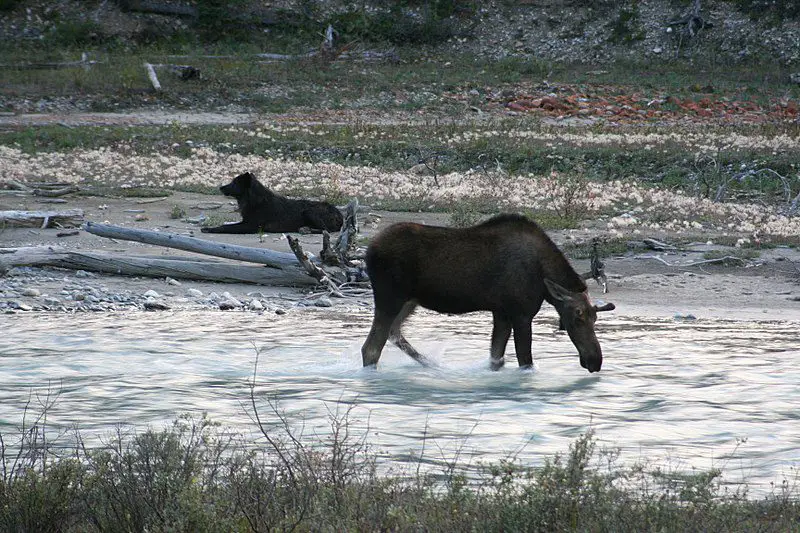
The relationship between wolves and moose is far from cordial, however, a recent study out of Minnesota shows one way in which they benefit from each other’s company.
The study was conducted around the Grand Portage Band of Lake Superior Chippewa Indian Reservation in Northeastern Minnesota after it was found that nearly 23% of the collared moose dying in the area were infected by a parasite known as Parelaphostrongylus tenuis, a brain worm parasite transmitted by white-tailed deer.
The study was intended to discover the linkages between the moose and deer populations and discover why some areas have such frequent transmission of the brain worm parasite.
After capturing and tracking moose, deer, and wolves in the area for a two-year study period, the crew ended up with some very interesting findings.
The first was that deer and moose populations were overlapping significantly in the spring and summer – the time when brain worm transmission is at its height. Secondly, and more importantly, however, was that areas with high wolf pressure seemed to see much greater segregation between the two species, leading to far fewer transmissions.
“We often think of wolves as bad news for moose because they kill a lot of calves,” said the aptly-named principal investigator Tiffany Wolf, DVM, Ph.D., an assistant professor in the Department of Veterinary Population Medicine in an interview with Phys.org. “But this suggests that wolves may provide a protective benefit to adult moose from a parasite-transmission perspective. Because brainworm is such an important cause of adult moose mortality in Minnesota, we can now see that the impact of wolves on moose is a bit more nuanced.”
5 – Rare cougar sighting documented in Kenora, Ontario
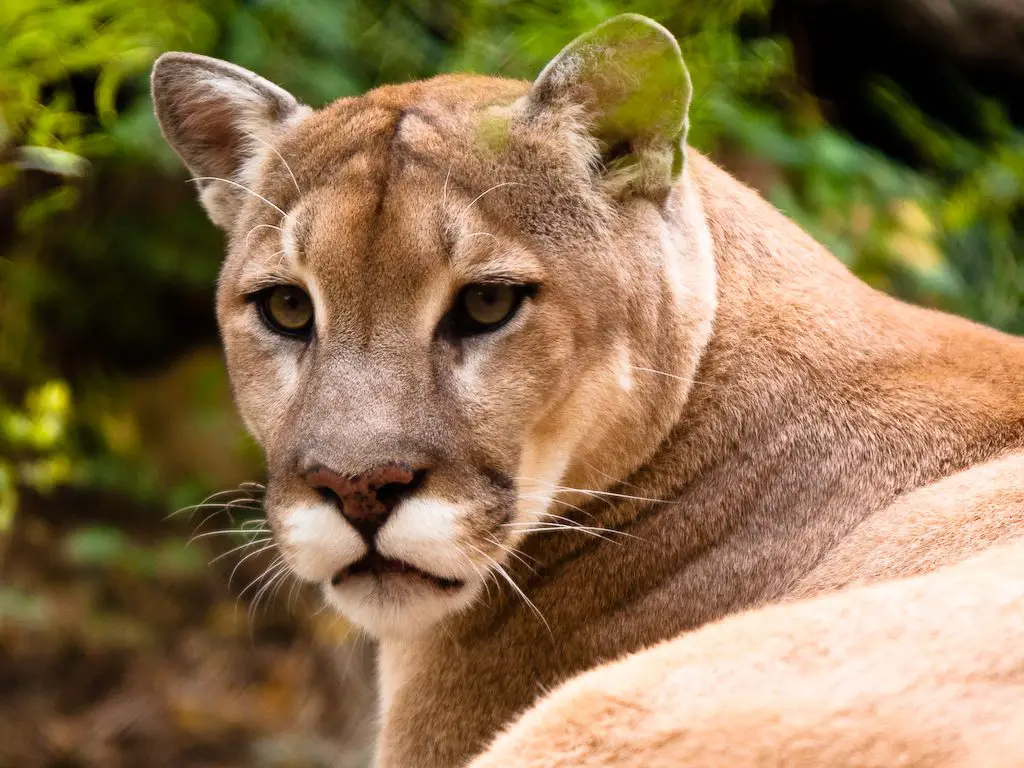
Our final story of the week comes from Kenora, Ontario where a rare Cougar sighting has been recorded.
The cougar was spotted on December 19th just north of the town of Kenora in the small community of Wabaseemoong. Captured on a cellphone, the short video, shot by Noreen McDonald, depicts the cat running down a snow-covered road before leaping over the snowbank and retreating back into the woods.
In an interview with outdoor writer Gord Ellis via the CBC, Noreen’s partner, Martin Carpenter said that at one point the cougar was only a few feet from his truck.
“I recognized right away it was a cougar at the front of my truck,” he told the CBC. “I was driving on the right side, and the cougar was on the left side.”
Accounts like these are becoming slightly more common but are still extremely rare as these animals are both incredibly elusive and low in numbers. Since 2008, Ontario’s cougar population has been considered endangered. In the part of Ontario where this encounter occurred, only around 24 records have been confirmed by the MNR.
For the full video and more info on this story, check out the link below:
https://www.cbc.ca/news/canada/thunder-bay/cougar-recorded-on-video-northwestern-ontario-1.6296384
Have a story we missed? Send us an email at [email protected]




